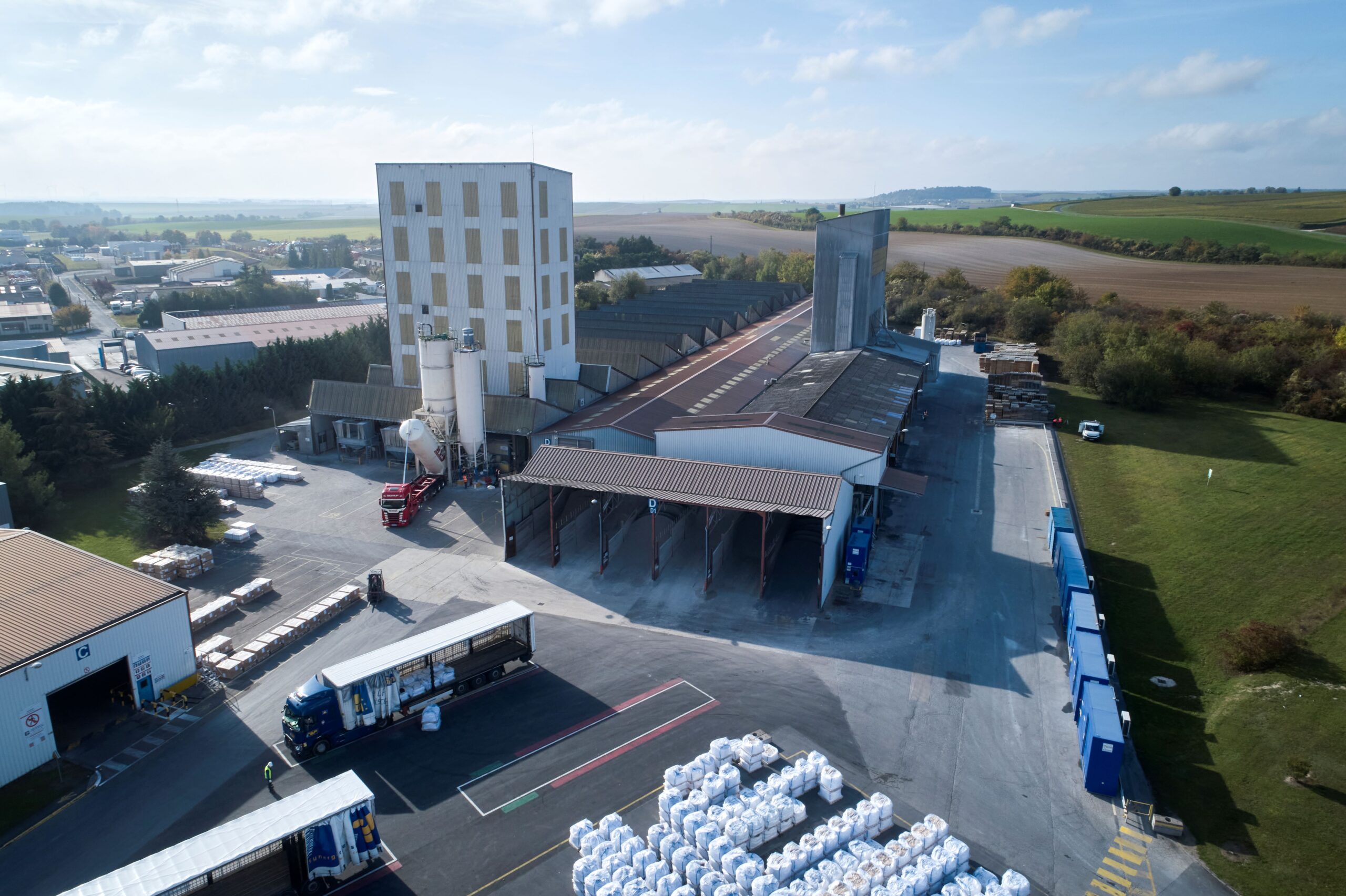
Calderys is a leading global provider for industries operating in high temperature conditions. The Group specializes in thermal protection for industrial equipment with a wide range of refractory products, and advanced solutions to enhance steel casting, metallurgical fluxes and molding processes. The company relies on its international network of experts to ensure an end-to-end offer with tailored services. Drawing on over 150 years of experience, Calderys supports all industries in their energy transition needs.
Calderys is the sole refractory maker selected for the TWINGHY project. A team of experts, assembled specifically for the project, will examine how refractory linings are affected by changes to the furnace. Calderys will use the results from this research to adapt refractories– or in some instances develop new refractories– that are suited to the working conditions of furnaces that combust mixes of natural gas, hydrogen and oxygen.
Diego de la Fuente Diez, Industrial Operations Managing Director at Calderys, explains: “Since the official project launch in 2023, our team of refractory specialists has sent samples of Calderys’ castables to RWTH Aachen University, for testing. We’ve also installed multiple test bars into the existing reheating furnace, to allow us to analyze the effect of one year working under natural gas conditions. Later, we’ll install new test bars when the furnaces begin to use different fuel mixes, so we can compare the effects of the different fuels and environments.”
Forging the future of steelmaking with Calderys
Using green hydrogen is an important aspect of a greener steelmaking process. Green hydrogen is produced using industrial electrolysis; this process separates water molecules into hydrogen and oxygen, capturing and storing the hydrogen to be used as fuel. The electrolysis process itself is powered by renewably sourced electricity. However, using hydrogen as a new fuel source in reheating furnaces may pose some challenges.
These include:
● Production costs and reliability: electrolysis is an energy-intensive process. Not only does it require a supply of renewable electricity, but this supply must be cost-effective while remaining consistent and reliable.
● Increased gas compression: hydrogen requires more energy to compress, compared to natural gas.
● Pipeline leakage and reactivity: among all the elements, hydrogen is the smallest and lightest molecule. Thus, it reacts differently to different metals, which can increase the likelihood of leaks and corrosion in pipelines.
Steelmakers will have to adapt their industrial processes in light of these changing conditions. Calderys aims to assist customers on their respective routes to reduce carbon emissions. Bringing extensive expertise and support to the table, the Calderys group plays a key strategic role in delivering high-quality, efficient and sustainable solutions that help their customers meet their emissions targets.
Bruno Touzo, Global Vice President, Innovation & Technology Calderys, says “We’ll be involved in many more hydrogen projects, working towards the future of steelmaking in coming years, as the industry moves towards the EU’s targets for zero emissions. What we’re learning from our participation in the TWINGHY project will eventually bring operational and cost benefits- and sustainability, of course, to all of our customers, not just in Europe, but worldwide.”
Author: Diego de la Fuente
Diego de la Fuente is the Industrial Operations Managing Director at Calderys Iberica Refractarios SA, a joint venture with the Calderys group. He got his mechanical engineering degree from the Universidad de Oviedo in 2000. In 2004, after working for 4 years in the power plant engineering industry, Diego made a change in his career and started to work in the refractory industry, joining Plibrico Spain (former name of Calderys Iberica Refractarios SA) as Engineering Manager. Since then, he has worked for Calderys Iberica Refractarios in the refractory industry playing different roles in the company, being promoted to Commercial Manager in 2007 and, since 2015, in his current role of Industrial Operations Managing Director.